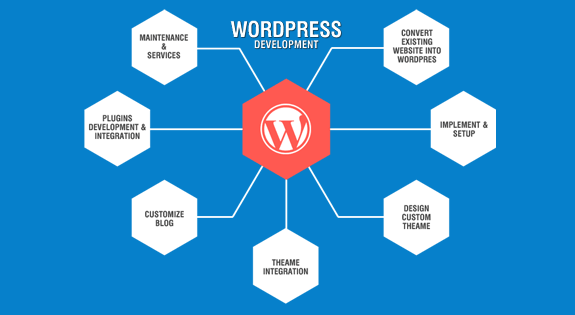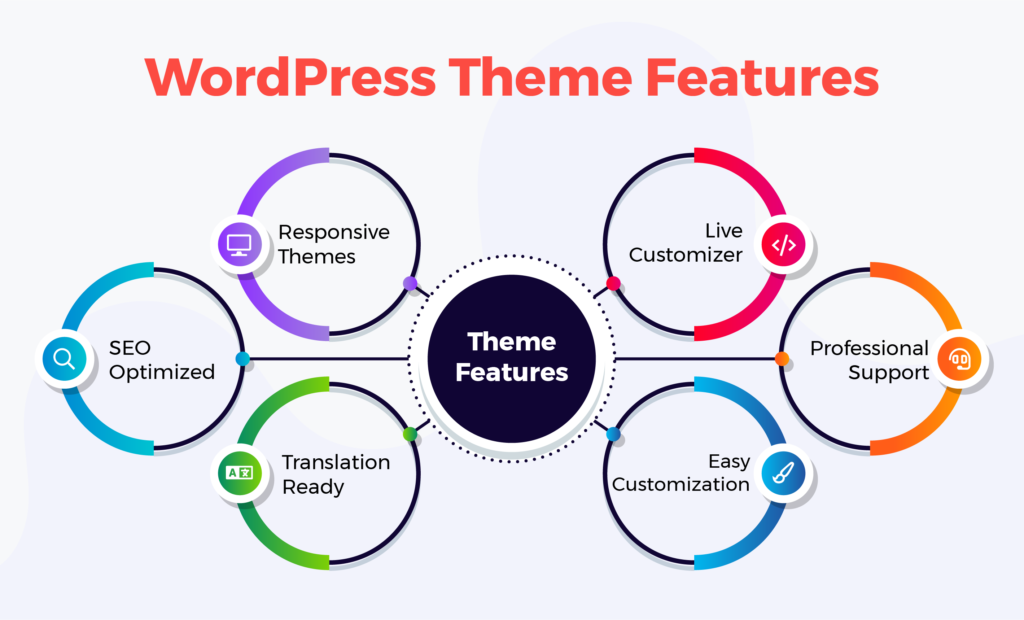What is WordPress/Shopify?
WordPress
WordPress is a popular open-source content management system (CMS) that is used to create and manage websites and blogs. It was first released in 2003 and has since become one of the most widely used CMS platforms on the internet. Here are some key aspects of WordPress:
Content Management: WordPress provides an intuitive interface for users to create, edit, and manage digital content, including text, images, videos, and more. It allows for easy content organization and categorization.
Themes: WordPress offers a wide variety of themes that determine the overall look and design of your website. Users can choose from thousands of free and premium themes to customize the appearance of their sites.
Plugins: Plugins are add-ons that extend the functionality of WordPress. There are thousands of plugins available for tasks such as SEO optimization, e-commerce, social media integration, and more.
Blogging: Originally designed as a blogging platform, WordPress excels at creating and managing blogs. It includes features like categories, tags, and RSS feeds.
User Management: WordPress allows for multiple user roles with different levels of access. This makes it suitable for websites with multiple contributors and administrators.
SEO-Friendly: WordPress is known for its SEO-friendly structure. It generates clean and readable code and offers various plugins and tools to help improve search engine rankings.
E-commerce: With plugins like WooCommerce, WordPress can be used to create and manage online stores and sell products or services.
Community and Support: There is a large and active community of WordPress users and developers. This means that you can find help and resources online, including forums, tutorials, and documentation.
Customization: WordPress allows for extensive customization. Experienced users can modify themes and templates, or even create their own themes and plugins to meet specific requirements.
Open Source: WordPress is open-source software, which means it is free to use and can be modified by anyone. This has contributed to its widespread popularity and continuous development.
Security: While WordPress is generally secure, it’s essential to keep it and its plugins up to date and follow best security practices to protect your website from potential threats.
Themes: WordPress offers a wide variety of themes that determine the overall look and design of your website. Users can choose from thousands of free and premium themes to customize the appearance of their sites.
Plugins: Plugins are add-ons that extend the functionality of WordPress. There are thousands of plugins available for tasks such as SEO optimization, e-commerce, social media integration, and more.
Blogging: Originally designed as a blogging platform, WordPress excels at creating and managing blogs. It includes features like categories, tags, and RSS feeds.
User Management: WordPress allows for multiple user roles with different levels of access. This makes it suitable for websites with multiple contributors and administrators.
SEO-Friendly: WordPress is known for its SEO-friendly structure. It generates clean and readable code and offers various plugins and tools to help improve search engine rankings.
E-commerce: With plugins like WooCommerce, WordPress can be used to create and manage online stores and sell products or services.
Community and Support: There is a large and active community of WordPress users and developers. This means that you can find help and resources online, including forums, tutorials, and documentation.
Customization: WordPress allows for extensive customization. Experienced users can modify themes and templates, or even create their own themes and plugins to meet specific requirements.
Open Source: WordPress is open-source software, which means it is free to use and can be modified by anyone. This has contributed to its widespread popularity and continuous development.
Security: While WordPress is generally secure, it’s essential to keep it and its plugins up to date and follow best security practices to protect your website from potential threats.
Shopify
Creating content for your Shopify store is essential for attracting and engaging customers. Content can include product descriptions, blog posts, images, videos, and more. Here’s a breakdown of different types of content you can create for your Shopify store:
Product Descriptions: Well-crafted product descriptions are crucial for conveying the value and benefits of your products. Include details about features, specifications, and use cases. Make sure to use persuasive language and highlight unique selling points.
Images and Product Photography: High-quality images of your products are essential. Provide multiple images from different angles, zoom options, and lifestyle shots to help customers visualize the product. Use professional product photography or invest in good lighting and equipment if you’re doing it yourself.
Product Videos: Product videos can give customers a better understanding of your products. You can create video demonstrations, tutorials, or customer testimonials.
Blog Posts: Maintaining a blog on your Shopify store can help with SEO and customer engagement. Write articles related to your industry, products, or services. Share helpful tips, how-to guides, and news. Blog content can position you as an authority in your niche and attract organic traffic.
About Us Page: Use this page to tell your brand story. Explain who you are, why you started your business, and what values you stand for. This can help establish a connection with your audience.
Contact Page: Ensure that your contact page is easily accessible. Include a contact form, phone number, email address, and physical address if applicable. This adds credibility to your store.
FAQs: Create a frequently asked questions section to address common inquiries from customers. This can save time for both you and your customers.
Customer Reviews and Testimonials: Encourage satisfied customers to leave reviews and testimonials. Showcase these on your product pages to build trust with potential buyers.
Social Media Content: Use social media platforms to share product updates, promotions, behind-the-scenes content, and customer stories. Link your social media profiles to your Shopify store for cross-promotion.
Email Marketing Content: Craft compelling email campaigns to keep your subscribers informed about new products, promotions, and company updates. Personalize your email content to resonate with your audience.
Product Descriptions: Well-crafted product descriptions are crucial for conveying the value and benefits of your products. Include details about features, specifications, and use cases. Make sure to use persuasive language and highlight unique selling points.
Images and Product Photography: High-quality images of your products are essential. Provide multiple images from different angles, zoom options, and lifestyle shots to help customers visualize the product. Use professional product photography or invest in good lighting and equipment if you’re doing it yourself.
Product Videos: Product videos can give customers a better understanding of your products. You can create video demonstrations, tutorials, or customer testimonials.
Blog Posts: Maintaining a blog on your Shopify store can help with SEO and customer engagement. Write articles related to your industry, products, or services. Share helpful tips, how-to guides, and news. Blog content can position you as an authority in your niche and attract organic traffic.
About Us Page: Use this page to tell your brand story. Explain who you are, why you started your business, and what values you stand for. This can help establish a connection with your audience.
Contact Page: Ensure that your contact page is easily accessible. Include a contact form, phone number, email address, and physical address if applicable. This adds credibility to your store.
FAQs: Create a frequently asked questions section to address common inquiries from customers. This can save time for both you and your customers.
Customer Reviews and Testimonials: Encourage satisfied customers to leave reviews and testimonials. Showcase these on your product pages to build trust with potential buyers.
Social Media Content: Use social media platforms to share product updates, promotions, behind-the-scenes content, and customer stories. Link your social media profiles to your Shopify store for cross-promotion.
Email Marketing Content: Craft compelling email campaigns to keep your subscribers informed about new products, promotions, and company updates. Personalize your email content to resonate with your audience.
Features




